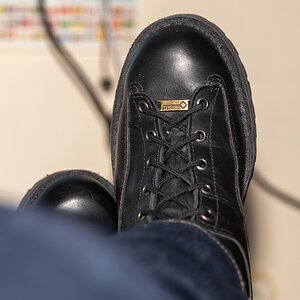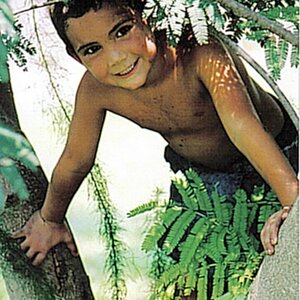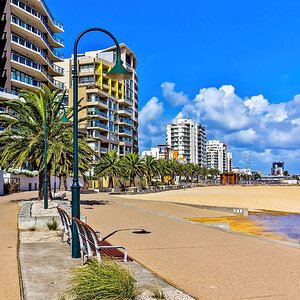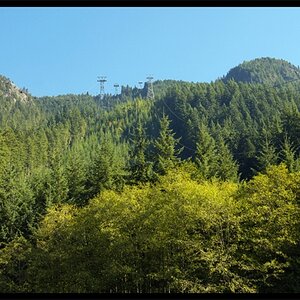QobraKhan
TPF Noob!
- Joined
- Dec 11, 2012
- Messages
- 54
- Reaction score
- 3
ManualMode said:Kinda like this:<img src="http://www.thephotoforum.com/forum/attachment.php?attachmentid=30035"/>
Thank you ManualMode, I will try this next event, and post the results, I am always up for learning new things, thank you again.


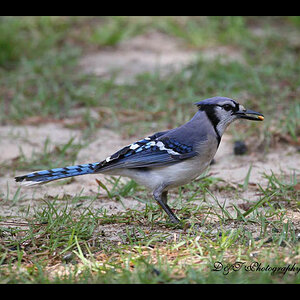

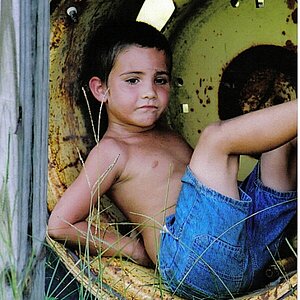

![[No title]](/data/xfmg/thumbnail/37/37622-530e264cdd98e6648079b89d7d3cd356.jpg?1619738153)


![[No title]](/data/xfmg/thumbnail/40/40356-883c642c8d24d2709b359f9c8b196fcf.jpg?1619739437)
